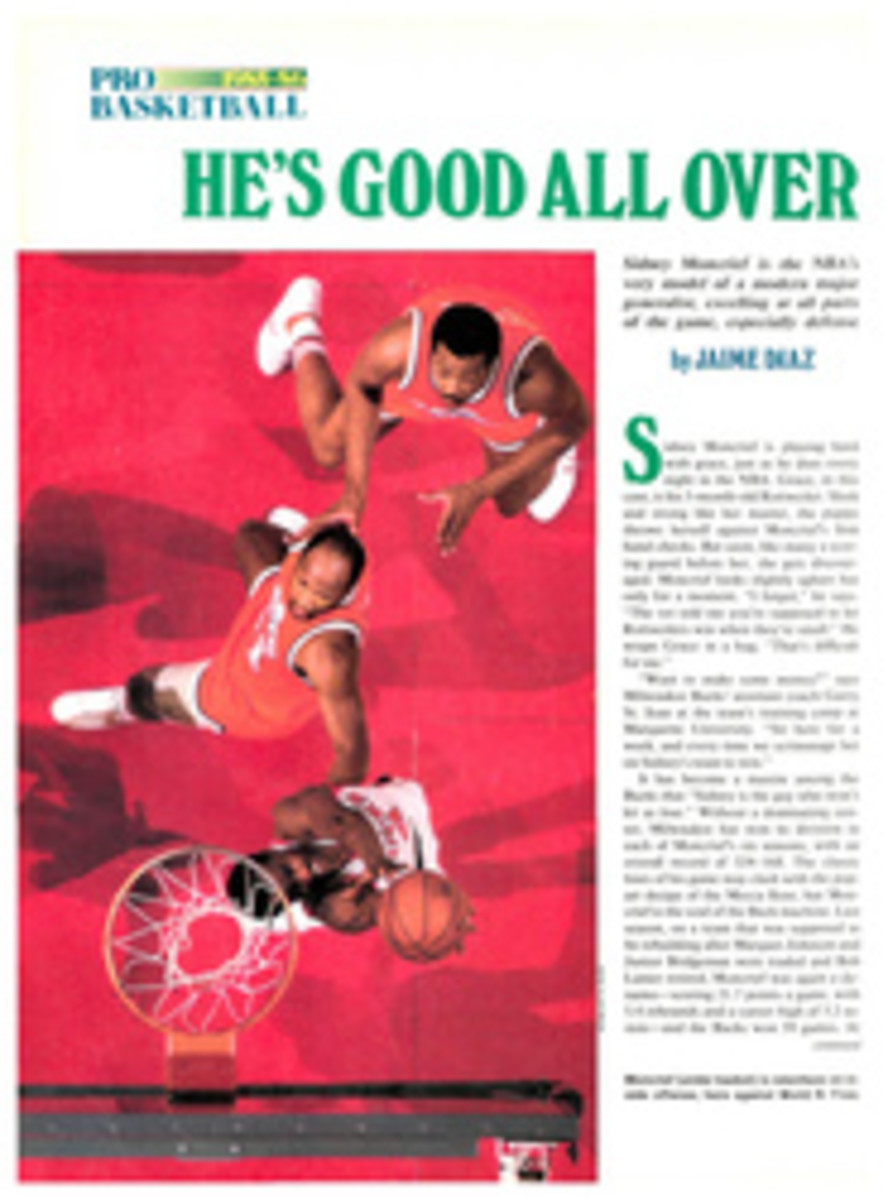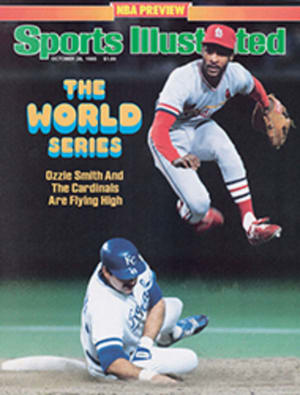
BOOKTALK
A POET FINDS FULFILLMENT BY FLYING OFF INTO THE WILD BLUE YONDER...
The recent publicity on space shuttles and Concordes has eclipsed a major aspect of flight—flying for sport, for adventure and pleasure. The pilot of a modern commercial airplane, guided mostly by instruments in a hushed cockpit cocoon with 250 passengers behind him, no longer experiences the exhilaration of flight that undoubtedly attracted him to flying in the first place.
"Bank a small plane steeply, and the horizon swims round instantly, the nose drops, and you dive. You can hear the air, feel the vibration, see the ground rushing underneath you.... I feel sorry for the [commercial] pilot, who learned to fly seat-of-the-pants, in a Cessna, Piper or Beech trainer, and now is isolated from that primal thrill...." The quotes are from Diane Ackerman's new book On Extended Wings (Atheneum, $16.95). In it, she has redefined flying as sport for all of us who walk the earth, gaze up at the birds and wonder. Wings is indeed a treat.
Ackerman, a prize-winning poet, started flying at a small airport near Ithaca, N.Y., where she spends her summer vacations, and earned her license at a smaller field near Williamsburg, Va. while writer-in-residence at William & Mary. She is now the director of the Writers' Program at Washington University in St. Louis. Ackerman was a terrible student flyer, and one mark of the book's achievement is that the reader is irresistibly engaged by her endless difficulties. She got lost on every short cross-country attempt, never could identify landmarks or checkpoints either on a map or from the air, and it was only after one instructor became utterly bored with her repeated failures to learn how to land that she finally succeeded. What kept her going through all her difficulties is this: "It isn't that I find danger ennobling, or that I require cheap excitation to cure the dullness of routine.... It's that...central moment in so many sports, that one often feels, and perhaps becomes addicted to, while doing something dangerous."
Though its principal theme is flying, Wings abounds with brief essays, musings and journalistic accounts on many other subjects. There is the grist for a novel in the tragic saga of one flying instructor who becomes a close friend of Ackerman's; there is the author's response to the warm, easy camaraderie among personnel at a tiny country airfield, a condition that develops among people closely engaged in any human activity. And for today's woman, Ackerman offers a brief for flying: "The pilot's seat is one of the few places on earth where one's life is truly one's own...." This is a special-interest book that deserves a far wider audience.
...AND A MARATHONER EXPLAINS WHY DAYDREAMS ARE A PART OF HIS SPORT
What is there about distance running that attracts a special kind of athlete: reflective, articulate, often sardonic? Is it simply the same thing that attracts non-athletes who possess those same qualities? Don Kardong, a world-class marathoner for more than a decade, says: "Above all else, I realized there has been this overwhelming, constant flirtation with daydreaming in my life. Running has provided the time and place for it to take place, and I've spent hours entertained by my own thoughts on the run. Running has been the pusher for my junkie mind. I daily crave the fix, although the fix fixes nothing. I am addicted to long, slow thinking." That's from Kardong's new book, Thirty Phone Booths to Boston (Macmillan, $14.95)—a great pleasure to read even if you have never laced up a pair of Nikes. It's a collection of amusing, perceptive essays and offbeat reportage on a sport that in recent years has swept every class and kind of people and nearly every country in the world, and whose appeal is still growing.
We won't keep you guessing about the book's title; here's the origin. When Kardong was covering the 1981 Boston Marathon for Running magazine, he was refused a place on the bus that led the vanguard of the runners because it could accommodate only 12 passengers. Unwilling to settle for a spot at the finish line or elsewhere, and yearning for exclusivity in his story, Kardong drove the course the night before the race, "making periodic stops to write down the telephone numbers of key phone booths along the way." Next day he covered the marathon "from the comfort of my hotel room, where I had access to Magic Fingers and room service and the telephone. Someone would answer when I called along the course. I was certain of that." He was right. He called each successive phone booth at the time he calculated that the leaders would be approaching it. A spectator usually answered and gave Kardong enthusiastic assistance with his story. His innovative technique is not likely to cause massive changes in journalism-school curricula—it wouldn't do for covering the America's Cup, for example—but it made for an immensely entertaining report. And, as Kardong puts it, his on-the-spot phone correspondents "gave better coverage than the networks."
Kardong can be serious about his sport, but he doesn't take it too seriously. His attitude toward diet is a good example. Several essays here make it clear he is well aware of all the research and theories concerning diet's contribution to performance, and he has experimented with many diets himself. But his half-kidding advice to aspiring runners includes such items as: "If it's labeled 'healthy' or 'natural' or any derivation thereof, hold on to your wallet and run for cover"; "Avoid any diet that discourages the use of hot fudge"; and "Without ice cream there would be chaos and darkness." This quirky sense of humor seems to pervade Kardong's life. For example, when he was called up to the platform by Jimmy Carter to be given an award for finishing third in a race in which the President had also participated, Kardong said, "This is even more exciting than the first time I met Frank Shorter." (Kardong did, however, refrain from using a carefully rehearsed gag about Carter and Teddy Kennedy that you'll have to read in the book, because I won't give it away here.)
Such pleasantries aside, there's some fine sportswriting in Thirty. No one has written better about the joys of running in all four seasons and all kinds of weather; this chapter rates an appreciative review all its own. Star runners travel a lot, and many have written about competitions abroad. Only Kenny Moore matches Kardong's skill in conveying the taste and smell and feel of foreign lands, as Kardong does for China, Brazil and Japan. What Kardong has to say about serious running and other top runners is worth any aficionado's reading.

